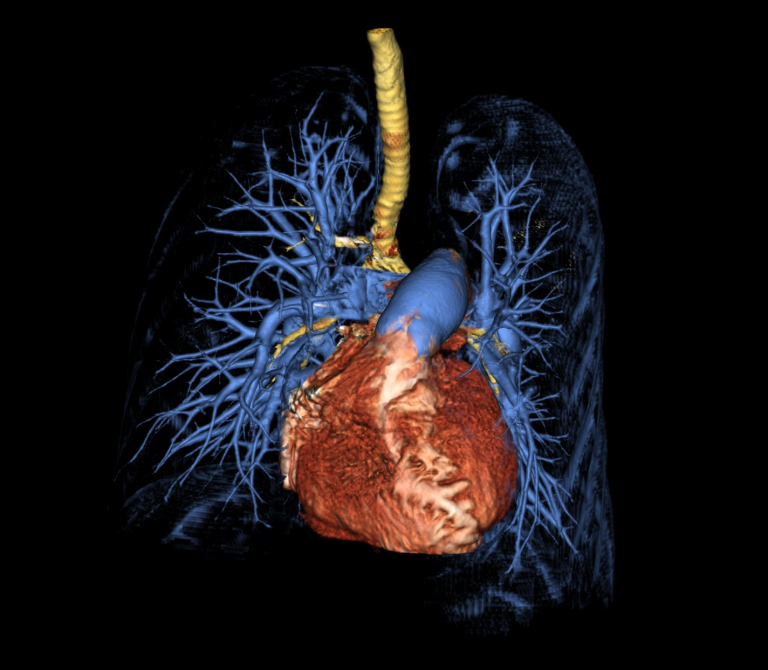
Pulmonary hypertension (PH) is a serious health condition characterized by high blood pressure in the pulmonary arteries, the vessels that carry blood from the heart to the lungs. This increased pressure can lead to damage in the lungs’ blood vessels, causing them to become narrow, blocked, or destroyed. This makes it hard for blood to flow through the lungs, forcing the heart to work harder to pump blood, which can lead to the weakening and failure of the heart.
Types of Pulmonary Hypertension
Pulmonary hypertension is categorized into five groups based on its cause:- Pulmonary Arterial Hypertension (PAH): Caused by the narrowing or obstruction of the small pulmonary arteries.
- PH due to left heart disease: The most common form, associated with diseases of the left side of the heart such as left heart failure or mitral valve disease.
- PH due to lung diseases or hypoxia: Includes conditions such as chronic obstructive pulmonary disease (COPD), interstitial lung disease, or sleep apnea.
- Chronic thromboembolic pulmonary hypertension (CTEPH): Resulting from chronic blood clots in the lungs.
- PH due to unclear or multifactorial mechanisms: Includes a variety of medical conditions like blood disorders, systemic disorders (such as sarcoidosis), and metabolic disorders.
Symptoms
Symptoms of pulmonary hypertension may not be noticeable for a long time because they are non-specific and can be mistaken for other conditions. Symptoms may include:- Shortness of breath (dyspnea), initially while exercising and eventually at rest
- Fatigue
- Chest pain or pressure
- Swelling in the ankles, legs, and eventually in the abdomen (edema)
- Dizziness or fainting spells (syncope)
- Palpitations or racing pulse
Diagnosis:
Diagnosing pulmonary hypertension involves a number of tests, since PH can be challenging to detect in its early stages:- Echocardiogram: Uses sound waves to create pictures of the heart and can estimate the pressure in the pulmonary arteries.
- Right heart catheterization: The most accurate way to diagnose PH, it measures the pressure in the pulmonary arteries directly.
- Chest X-ray: Can show enlargement of the heart or arteries and changes in the lungs.
- Electrocardiogram (ECG): Can indicate heart strain or hypertrophy (enlargement).
- Pulmonary function tests: Measure the lungs’ ability to hold and utilize air, which can help identify underlying lung diseases.
- Ventilation-perfusion (V/Q) scan: Checks for signs of blood clots in the lungs.
- CT scan/MRI: Provides detailed images of the lungs and pulmonary arteries.
Treatment:
While there is no cure for pulmonary hypertension, treatments can help reduce symptoms and improve quality of life:- Medications: Including vasodilators, endothelin receptor antagonists, phosphodiesterase-5 inhibitors, guanylate cyclase stimulators, and prostacyclin analogues, which work in different ways to widen blood vessels and ease heart strain.
- Oxygen therapy: Used if there is a significant drop in oxygen levels in the blood.
- Lung or heart-lung transplant: In severe cases where other treatments have failed.
- Surgery: For CTEPH, pulmonary thromboendarterectomy (PTE) can remove chronic blood clots from the lungs.
